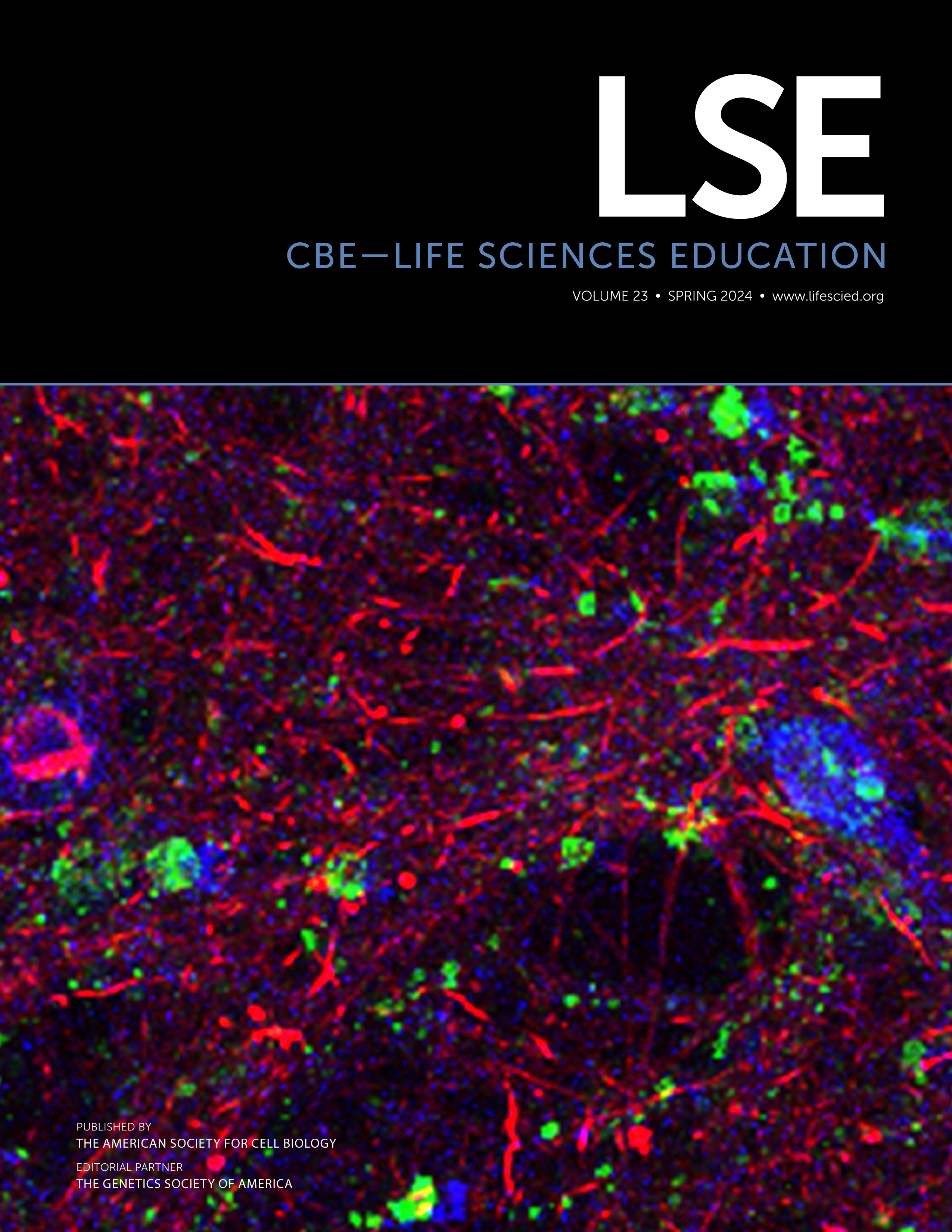Anatomy of an Education Study: Asset-Based Research to Uncover Black Science Majors’ Community Cultural Wealth
The latest Life Science Education (LSE) article annotated as part of the “Annotations of LSE Research” feature (Russo-Tait et al., 2023) is by Stanton and colleagues (Stanton et al., 2021). We selected it because the authors implement participatory action research (PAR) that identifies and explores the assets that Black students use to navigate a primarily white institution. One manifestation of this approach is that four of the authors were Black undergraduates studying sciences. While other literature focuses solely on the barriers that Black students face while navigating the exclusionary racial climate at their primarily white institution, the authors ground their research in community cultural wealth to emphasize the strengths and assets that allow Black students to persist –– despite the exclusionary climate.
PAR is a powerful research method because of the way it centers participants from the community being studied as collaborators in the research process: they identify the research questions, participate in data collection, and lead the analysis, with the ultimate goal of using research results as drivers for social justice (Fine and Torré, 2021). Their insider knowledge is an essential component of both framing the research and interpreting the results. The implementation of PAR by this research team is nonhierarchical and builds on the strengths that each team member brings, which is notable given that the authors are undergraduates, graduate students, and professors. The authors contemplate on what made their collaboration under this model successful, including the role that an external evaluator played in improving their approaches to shared leadership.
This paper’s instantiation of PAR is grounded in a strong theoretical framework of community cultural wealth (Yosso, 2005), an antideficit achievement model that is carefully enacted throughout the paper. In this paper, the Introduction provides an overview of the theoretical framework. The Methods showcase the care with which surveys and interview protocols were developed to center the community cultural wealth that Black students drew from. The authors’ social identities are part and parcel to the success of this research, and for this reason, they include in the Methods a subsection about their positionalities (Patrick et al., 2022). The Results identify and expand on how Black students at this institution employ specific forms of cultural capital, as well as how these forms of capital interact with each other. The Discussion focuses specifically on “linguistic, resistant, and social capital because of the novelty of our findings in these areas” (Stanton et al., 2021, p. 14) and offers suggestions to instructors on the benefits of valuing the community cultural wealth of Black students.
ACKNOWLEDGMENTS
We thank Omowunmi Oni, Julie D. Stanton, and Adele J. Wolfson for comments. The annotations are inspired by Learning Lens by Science in the Classroom, licensed under a CC BY-NC-ND 4.0 International License.



